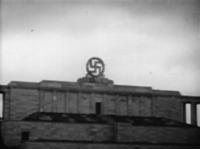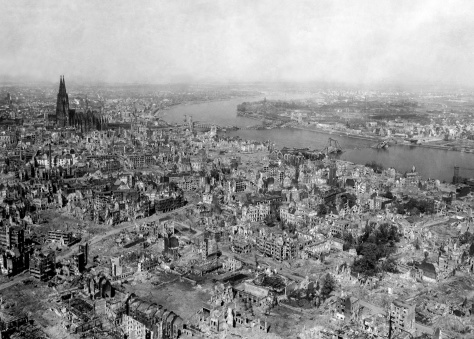
In ruins after the attack.
As the Second World War came closer to its end, German soldiers gathered to defend the Bavarian town of Rothenburg ob der Tauber on the 31st of March, 1945.
The town, considered a model of idyllic Nazi life and used as an example for people across Germany, was bombed by sixteen Allied planes that day. Thirty-seven people were killed, and there was significant damage to structures, including the loss of hundreds of homes, half a dozen public buildings, and hundreds of metres of the historic wall.
Even considering the extensive damage, the Allies were aware of Rothenburg’s historical significance and limited the attack in a way they did not with other targets.
Today the town has been carefully reconstructed, and is a popular tourist destination that makes up part of the famed Romantic Road.











